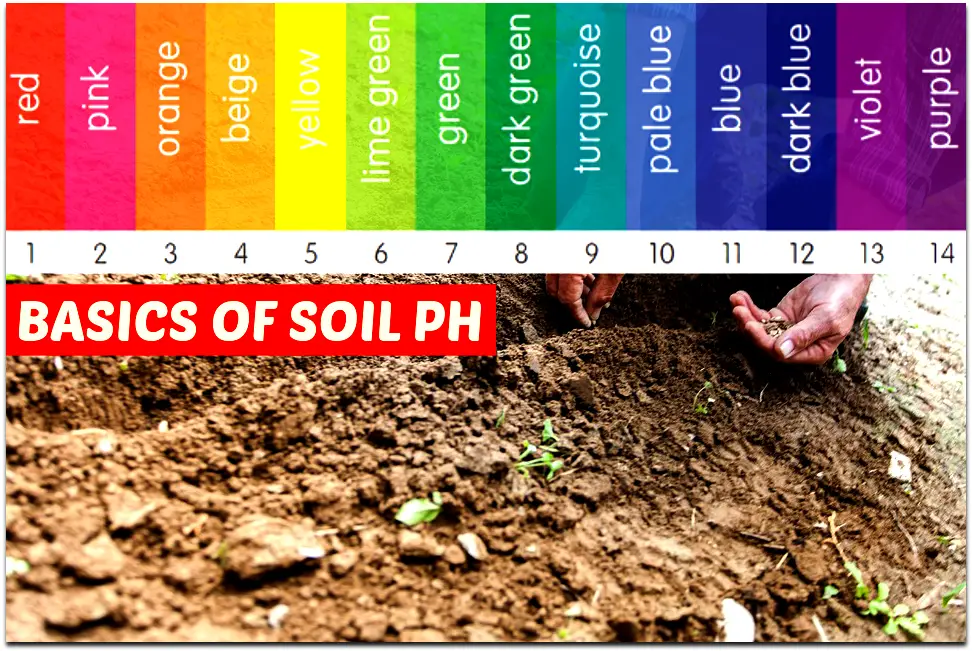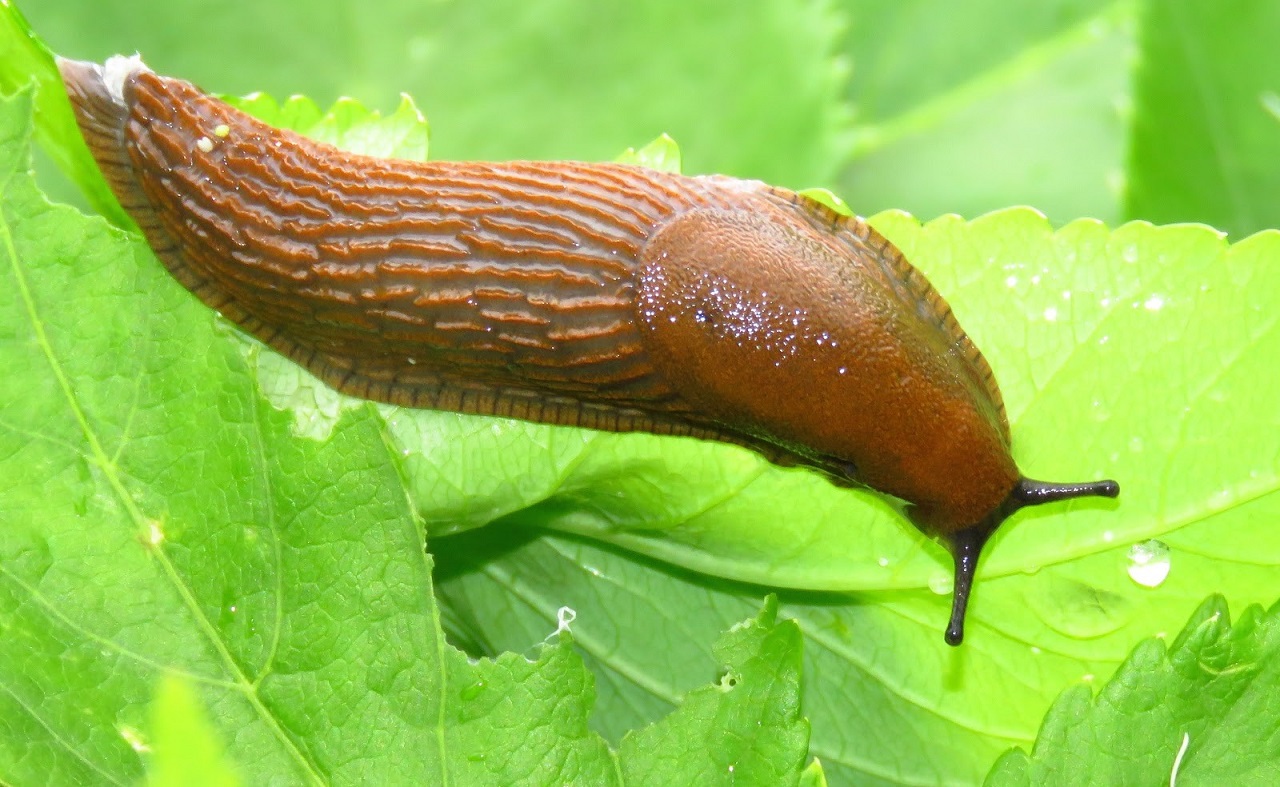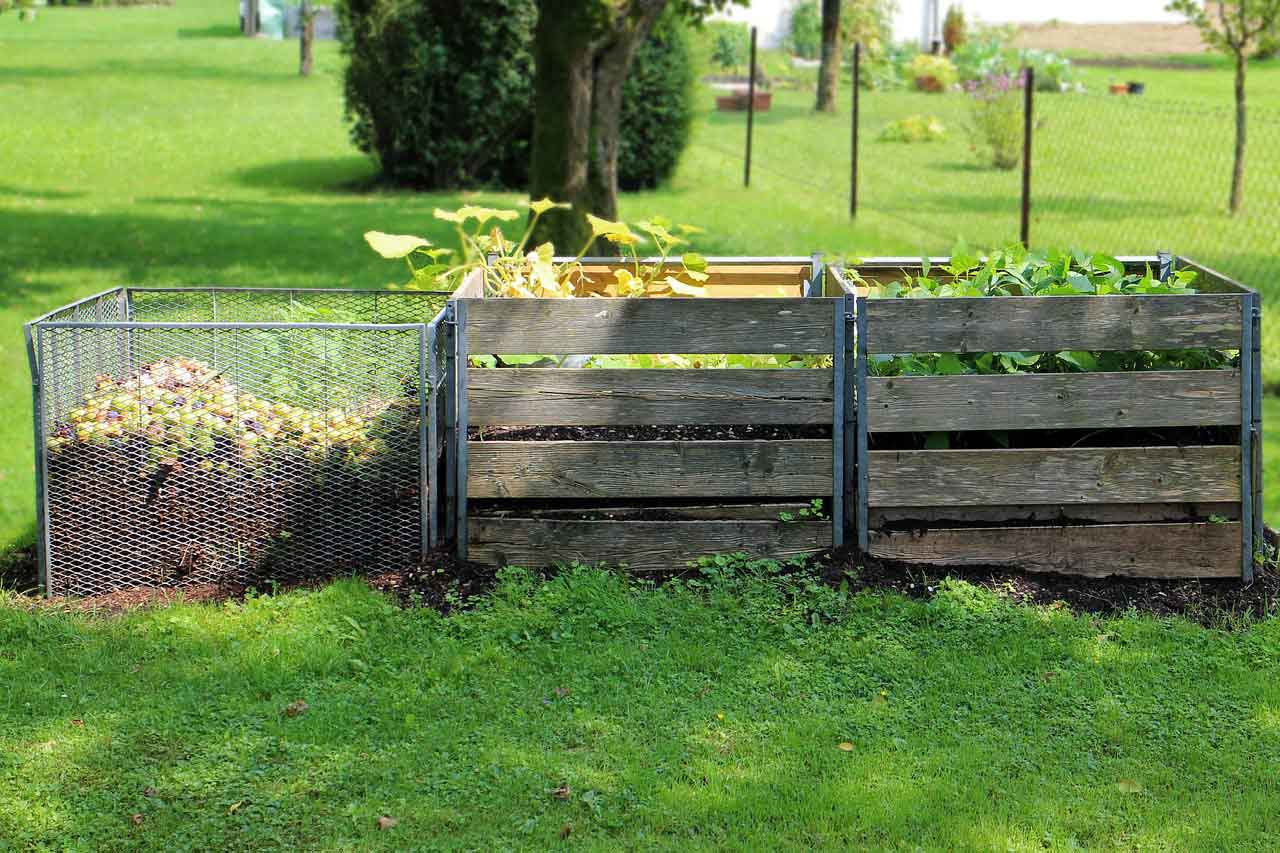Even plants that love clay will appreciate a little help. Adding compost to the planting hole or amending the clay soil withMiracle-Gro® Organic Choice® Garden Soilwill give new plants a good start. The organic matter will loosen the soil and improve drainage.
For trees and shrubs, smaller plants and bare root plants may establish better than large plants because their roots will adapt better to the clay soils around them. Avoid adding sand because it will mix with the clay and form cement-like soil. Another way to improve soils is to plant a green manure - a plant that will grow during the fall or winter that you then till into the soil to add organic matter. Winter rye can be planted as a green manure in fall and turned under in early spring.
Plants draw the nutrients they need to grow from the soil. Those nutrients usually need to be replenished every so often for the healthiest growth, no matter which type of soil you have. This is especially true for the soil where you grow annual flowers and vegetables, which suck up a lot of nutrients to fuel their rapid growth. Luckily, it's easy and inexpensive to restore nutrition by adding high-quality compost and/or granular or liquid fertilizer products as needed. If you're not sure if you need to add nutrients, a soil test is a quick way to check. To add nutrients and to replace organic matter as it breaks down, add 1-2 inches of compost to your garden beds in the fall.
Then you'll be all set for spring and can just add a layer of mulch after cleaning up and planting your beds for the new growing season. I always see things on how to work with sandy, silty, or clay soils, practically nothing on peat soils. I moved to an area this last Fall, that had a lot of glacier activity and is a meadow or grass land now. We would like to grow a garden, but we have black peat soil for about 14 feet down. I used a home soil test and found no nitrogen in the soil. There is some phosphorus and a small amount of potassium.
What should we do to our soil to be able to grow a vegetable garden and fruit trees? Unlike sandy soil, clay soil holds moisture well—sometimes too well. Fine soil particles stick together, allowing little room for drainage or for air to reach plant roots. The solution is to break up the soil and add lots of organic matter such as compost, shredded leaves, peat moss and gypsum over time. They hold more water than sandy soils and are often high in nutrients plants need. But clay soils can become so waterlogged that they deprive plant roots of oxygen, or so dry that they become too hard to dig in.
To determine how much clay is in your soil, feel the soil. If you can roll moist soil into a ball that hangs together, it contains more clay. Fortunately, you can find plants that thrive in clay soils and soil amendments that will help you grow a wider range of plants.
Clay soil is often not aerated enough and is deficient in good structure which makes it more difficult for successful growing. To get the most out of clay soil it's best to add large quantities of well-rotted organic matter in the fall and peat a few weeks before planting. Greensand can also be used to loosen heavy clay soils or bind sandy soils.
No matter where you garden, it's worth improving the quality of the topsoil you've got. After all, plants rely on topsoil, the uppermost layer of the earth's surface, for water and necessary nutrients. The more organic matter it has, the darker the soil will look (like what you may see sold in bags or bulk as "black dirt"). This type of soil is very easy to dig in and support healthy plant growth.
However, the type of soil in your yard may look very different. Depending on your region, it can vary from reddish clay to beige sandy soil. Here's what you need to know about improving your topsoil. Adding organic matter is the best way to make your soil more loam-like and improve its structure. Another option is to build a raised garden bed and fill it with a well-balanced soil mix. Or take the simple approach by growing plants that do well in your soil type, such as choosing drought-tolerant plants for sandy soils.
You can grow a garden successfully in any soil, as long as the plant's roots are accustomed to the conditions. Organic soil is rich in humus, the end result of decaying materials such as leaves, grass clippings and compost. Good organic garden soil is loose and fluffy — filled with air that plant roots need — and it has plenty of minerals essential for vigorous plant growth. It is alive with living organisms — from earthworms to fungi and bacteria — that help maintain the quality of the soil.
Proper pH is also an essential characteristic of healthy soil. Chop over-wintered cover crops directly into spring soils a few weeks before planting. During the growing season, sow a quick-growing cover crop, such as buckwheat, to fill the gap between spring and fall crops. When it's time to plant, pull the buckwheat cover and use it as a mulch for fall garden beds.
It can encourage the growth of weeds by bringing dormant seeds to the surface and exposing them to sunlight. It can disturb the beneficial burrowing activities of earthworms — the best free labor you can get for loosening and aerating your soil. It can also interfere with the activity of important soil microorganisms. Despite these negatives, tilling is still a viable option if you need to work organic matter and nutrients into sticky clay soil or a new garden bed that's heavily compacted. After that initial deep tilling, you can often let nature take its course to improve the structure of your soil. To get the organic matter down to root level, use a garden fork to mix the material into the top 4 to 6 inches of soil.
In vegetable gardens, which usually contain annual or biennial plants, you can amend your soil each season. Perennial gardens should be amended prior to planting so you won't disturb the plant roots. Many perennials must be dug up every few years for division, providing a good opportunity to work in additional organic matter.
Compost is decomposed organic matter, and it is the best thing you use to improve the health of garden soil. Organic matter in soil serves as food for earthworms, insects, bacteria and fungi-they transform it to soil nutrients and humus. Through this decomposition process, materials are made available as foods to growing plants. In finely textured clay soils, organic material creates aggregates of the soil particles, improving drainage and making it easier to work.
Earthworms are especially helpful in making and keeping soil porous and well draining, said Brewer. Mulching – Clay soils can tend to speed water runoff because water isn't absorbed as quickly into clay soils as it is other soils. Clay soils also tends to stick to the bottoms of your shoes, which can make a mess when you go indoors. By adding a layer of mulch to clay soil, you not only help keep the house clean, but can reduce the number of weeds that sprout.
As mulch decomposes,it will enhance nutrition and water retention, which ultimately allows for better plant growth. Mulch will slow down water run-off allowing clay soil more time to absorb, and store, water. A layer of mulch is also cooler than exposed soil which helps to reduce temperatures overall in the garden. Compaction is most likely to occur with heavier soils like clay and loam, but when heavy equipment is used, sandy soils can become compacted. These are soil particles that are packed closely together. The problem may be compounded by events that have happened to the soil over the course of years.
The pore spaces are reduced to the point that air and water cannot move freely and plant roots cannot grow easily into the surrounding soil. The soil could remain overly wet longer than is healthy for the plants growing there. Bark, sawdust, manure, leaf mold, compost and peat moss are among the organic amendments commonly used to improve clay soil. Two or three inches of organic materials should be spread and rototilled, forked or dug into the top six or seven inches of your garden beds.
To improve your soil, you'll need to add 6 to 8 inches of organic matter to the entire bed. Grass clippings (as long as they haven't been treated with chemicals), shredded leaves, rotted manure, and compost are all perfect choices. The organic matter needs to be mixed into the top 6 to 12 inches of soil. Digging it in and mixing it with a shovel is a great way to do this, as it moves a lot of earth without pulverizing the soil particles the way tilling can. However, if digging is just too hard on your back, using a tiller is a fine method.
After a crop is harvested the soil needs to be renewed before planting a successive crop. These cover crops are tilled in before they go to seed, and break down quickly so a new harvestable crop can be planted without much delay. In beds earmarked for vegetables and annual flowers, amend the soil before each new crop is planted. Compost and well-rotted manure are preferred by most gardeners, since they dramatically improve the soil's structure, making it hospitable to the fine, tiny roots of seedlings. Unamended soil may dry into hard clods that small roots cannot penetrate, and plants may grow slowly, be stunted, or die as a result. Manure and compost break down rapidly–manure in a few weeks, compost in several months–so be sure to replenish these amendments before you plant each crop.
In addition to mulch, using cover crops is a great method for improving clay soil in garden beds that are resting. Winter rye and red clover are two of my favorites for increasing organic matter and blocking weeds in your garden bed. I like to add chopped leaves into the soil in the fall. Run them over with your lawnmower and sprinkle into your beds to break down over the winter. I have a compost pile where all the other leaves go.
When they're ready, I'll use the leaf mould to spread in my gardens. To maintain the health of even the best soil for a raised garden bed, adding organic matter every year is essential. Surprisingly often, people imagine that the proper way to improve dense, clay soil is to add the opposite kind of mineral material—sand.
After all, loamy soils, viewed as ideal garden soil, are a mixture of sand and clay. Unfortunately, when sand is added directly to clay, the result is something that more accurately resembles concrete. The reason loamy soils are great for plants is that they have a large ratio of organic material in them as a foundation for the sand and clay.
Without lots of organic material, clay plus sand equals an awful garden. Clay soils are best improved with the addition of compost and other organic materials only. Rock phosphate, or rock dust, is also a valued amendment to restore phosphorus levels needed for vigorous plant growth. Good soil provides just the right space between its particles to hold air that plants will use. Silty and heavy clay soils have small particles that are close together. Sandy soils have the opposite problem; their particles are too big and spaced out.
The excessive amount of air in sandy soil leads to rapid decomposition of organic matter. Adding organic matter in the form of compost and aged manure, or using mulch or growing cover crops , is the best way to prepare soil for planting. Adding chemical fertilizers will replenish only certain nutrients and do nothing for maintaining good, friable soil. Organic matter will help supply everything your plants need. Before planting every year, ensure sufficient nitrogen by counting all the sources you've added.
Organic fertilizers, such as blood, seed, or feather meal, are sources of concentrated nitrogen. Fall or spring legume cover crops transfer nitrogen from the atmosphere to the soil. Manures or green grass clippings, incorporated as amendments, provide nitrogen as well. Compost, on the other hand, does not supply enough garden nitrogen.
While compost is great for improving overall soil health, additional nitrogen sources are needed when using compost as an amendment. In a garden bed, the best way to introduce organic material without digging , is to apply layers on top and let nature do the work for you. Simply pile your garden bed high with organic material – it can be wood chips, shredded paper, straw, chopped leaves, lawn clippings – whatever you can lay your hands on. It might be slow, but the wait will give you time to get to know your land before you plant. For a large vegetable garden, another solution is to grow a cover crop at the end of the season, then mow and turn in the following spring before planting.
The roots penetrate the compacted soil and loosen it. By mowing and turning the mowed tops in, the soil is additionally loosened. Cover crops could include annual ryegrass, winter wheat, winter rye, buckwheat, oilseed radishes and hairy vetch. Topsoil is a good choice for filling up raised beds, repairing eroded spots, or filling in holes.
When planting a new lawn or overseeding a patchy lawn, you can use a thin layer of topsoil to protect grass seeds as they sprout. One thing you shouldn't use topsoil for is filling your containers. It won't drain as well as you need it to in a container, and it makes your pots very heavy.
Stick with potting mix($7, The Home Depot) for containers, and use topsoil in garden beds. Farmers often cope with hardpan by using a chisel plow to cut and break up this dense layer of soil. Home gardeners can break up and mix the hardpan layer by "double digging" the soil. This involves removing 10 to 12 inches of topsoil, and then working organic matter into the 12-inch layer of material that lies below. If the hardpan layer is not too deep, you can use a digging fork to puncture it and open up passages for air and water.
Loamy soil, a relatively even mix of sand, silt and clay, feels fine-textured and slightly damp. It has ideal characteristics for gardening, lawns and shrubs. Loamy soils require replenishing with organic matter regularly, and tend to be acidic. For starters, fall mulching gives you the upper hand on spring weeds.

























